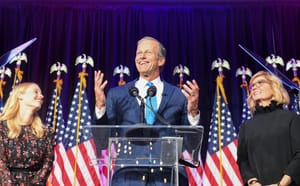LAKE KAMPESKA, S.D. – As they sat in comfy lawn chairs and sipped cold sodas in a campsite along this lake's shoreline, Cheryl and Mark Okeson didn't look like or feel like trend-setters within the South Dakota tourism industry.
And yet, without realizing it, the couple from Ortonville, Minnesota, perfectly represented a recent shift in how and where visitors to the Rushmore State spend their time and money while on vacation.
The retirees have enjoyed previous visits to the Black Hills region, long the powerhouse in attracting tourist visits and spending in the state. But for the past few years, they have instead decided to visit Watertown, in the northeast corner of the state, for what they said is a quieter, slower-paced vacation that still offers some urban amenities.
"We've camped in the Black Hills many, many times, and it’s just so many people and a lot of this and that going on," Cheryl Okeson said in early August as she sat with her husband and dog in their campsite in Stoke-Thomas Lake City Park. "This is just more relaxed and more laid back, and that’s why we like coming here."
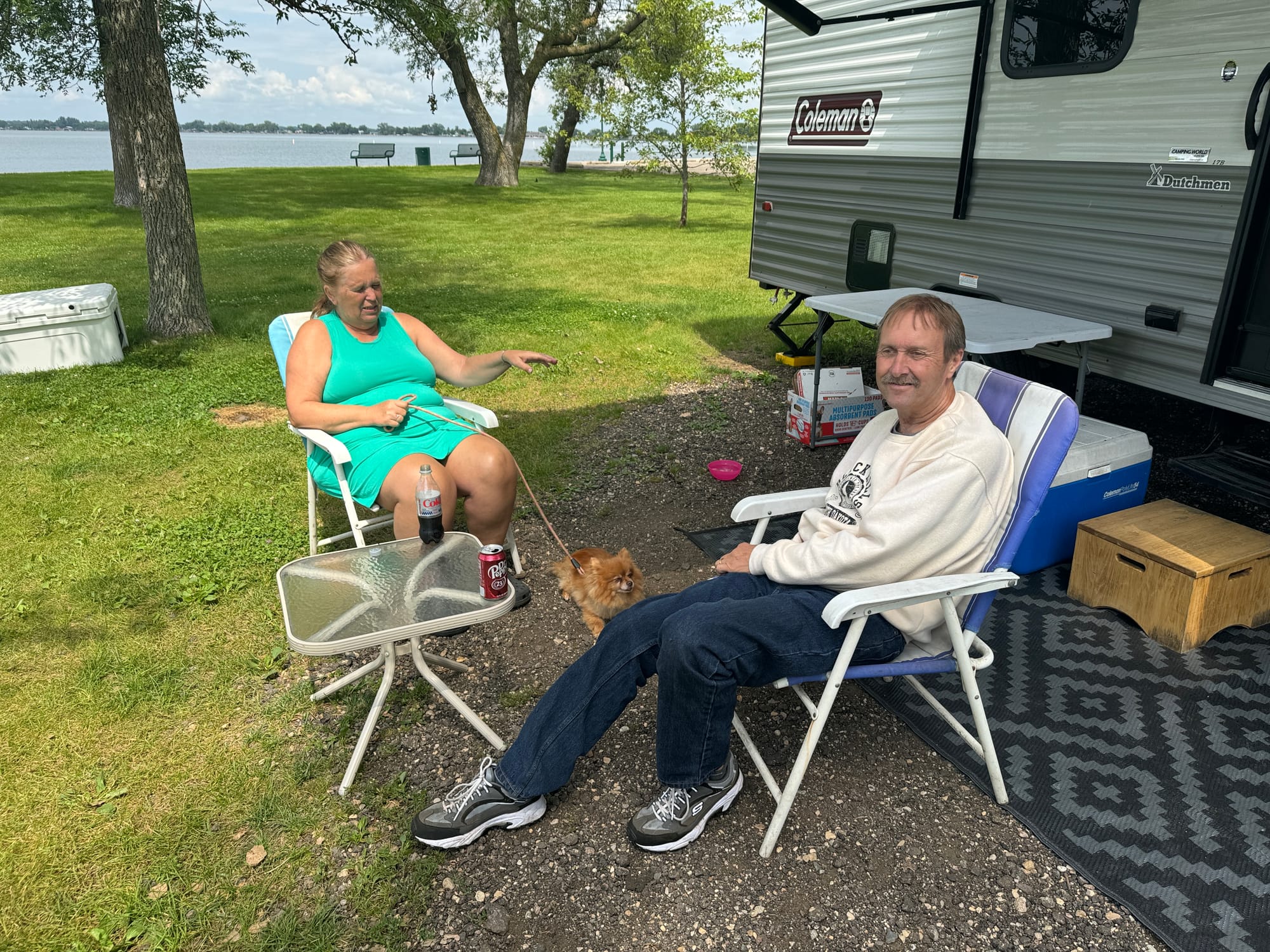
While visiting Watertown, the Okesons were able to easily land a campsite right on the shores of picturesque Lake Kampeska. And they were also in close proximity to unique restaurants and cultural sites like the Redlin Art Center and the Bramble Park Zoo.
The Okesons are far from alone, however, in their new desire to consider East River destinations as prime vacation options.

Southeast region now tops in tourism revenue
With the exception of the COVID pandemic year of 2020, tourism spending across South Dakota has risen steadily in recent years across its four tourism regions:
- Black Hills and Badlands in the west, which includes the 15 counties around Black Hills National Forest and Badlands National Park, from roughly Belle Fourche to Hot Springs.
- The South Dakota Missouri River region in the center from Mobridge to Pierre to Wagner.
- Glacial Lakes and Prairies in the northeast.
- Southeast, which includes the 14 counties around Sioux Falls.
The Black Hills and Badlands region remains a hot spot for visitor spending, as it has for most of the past century. But in 2022 and again last year, the Southeast tourism market flipped the traditional script and generated greater tourism revenue than the west, with the Glacial Lakes and Prairies region also seeing strong growth.
State data show that in 2022, the Black Hills and Badlands region took in $1.81 billion in tourism revenue, slightly less than the $1.86 billion generated in the Southeast region that year. In 2023, the Southeast region again topped its West River counterpart to the tune of $1.96 billion compared to $1.92 billion. The Glacial Lakes and Prairies region saw $699 million in 2023 revenues, while the Missouri River region had $386 million.
"They've outpaced us for such a long time, it's good to get above them for a change," Teri Schmidt, CEO of the tourism marketing group Experience Sioux Falls, said with a slight chuckle.
Schmidt was partly joking because while she celebrates the high revenue and visitor counts, she also acknowledged that the sometimes prickly competition that once existed between East River and West River tourism markets has softened into an attitude of cooperation and teamwork.
Now, tourism promoters and operators across the state cross-promote their statewide partners, and they largely agree that a rising tide of spending in one region lifts the entire statewide industry.
"The reality is that we're all good friends, and what's good for West River is good for East River and vice versa, so at the end of the day, we kind of laugh about it." Schmidt said.
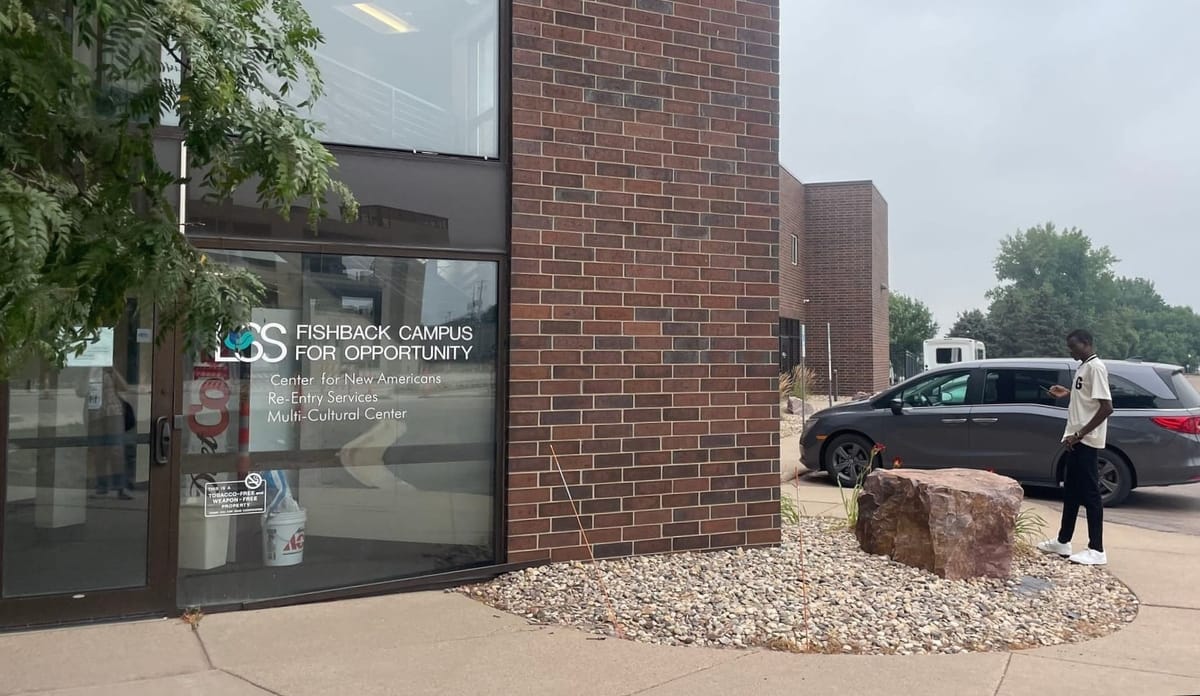
That sentiment is shared by Michelle Thomson, CEO of the Black Hills & Badlands Tourism Association, who said she is glad to see other regions of the state performing so well.
"I think it's great because it's an effort that the four regions are working hard on together," Thomson said. "We're all really trying to maximize the time and the dollars that they spend in our state. So if we can get them to visit all four regions, that's tremendous."
Thomson said spending by tourists is a bit different between the East River and West River areas. While Black Hills and Badlands tourists focus more on the outdoors, established tourism sites and family attractions, the typical Sioux Falls tourist is more likely to spend on weekend stays, driven by frequent events, shows and restaurant visits.
Tourism remains a growing industry in South Dakota
The new sense of harmony appears to be working well as the state saw a nearly 5% overall increase in tourism spending in 2023 compared to the year prior, with all four designated regions seeing revenue increases of 3% to 6%.
Statewide, South Dakota saw $4.73 billion in tourism spending in 2022 with a jump to $4.96 billion in 2023. That year, the latest for which data are complete, 14.7 million visitors came to South Dakota, producing a total economic impact of $8 billion, fueling almost 58,000 jobs and generating $384 million in state and local taxes.

The growth in the Southeast has not come at the cost of the Black Hills region, however, as both areas have seen steady growth over time, including 20% increases in both regions over the past five years.
"The one thing I love about our industry is that really, over the last 10 years, this industry is unified like I haven't seen it before," said South Dakota Secretary of Tourism Jim Hagen.
"We know that when people come to the Black Hills, and have an amazing experience, it piques their curiosity about the rest of the state. And we're seeing those visitors now look to other areas of the state and to all the things we can offer."
The state tourism industry, Hagen said, offers a wide diversity of attractions and amenities that has led to steady growth and drawn a new group of tourists.

The West River region benefits from Mount Rushmore National Monument, Badlands National Park, Custer State Park and the pines and parks within the Black Hills, as well as seminal events like the Sturgis Motorcycle Rally, the Buffalo Roundup and the Black Hills Stock Show & Rodeo. And, of course, Wall Drug.
The Missouri River and Glacial Lakes and Prairie regions are attractive to pheasant hunters, walleye anglers, campers, history buffs and fans of author Laura Ingalls Wilder.
New allure of Sioux Falls
But the Southeast tourism market is evolving quickly, Schmidt said, and developing into a destination for foodies, shoppers and people who come for a steady line-up of cultural, sporting and musical events.
"Events are what draw people because it's something new all the time," she said. "So if you look at the calendar of Sioux Falls for the year, we are an event-driven city, everything from a concert at the Denny Sanford Premier Center to SculptureWalk to a softball tournament or a soccer tournament, to a car show. ... We have one event after another in Sioux Falls, especially in the summer, and that's when we draw the most visitors."

The ability to experience urban amenities in a vibrant, growing city is part of why Iowan Cali Jermier visited Sioux Falls in early August. Jermier, who hails from a Des Moines suburb, was at Falls Park with her son, Bryce Jermier, who has since moved to Sioux Falls.
And while they have visited South Dakota before, sometimes to hunt pheasants, Cali Jermier said she likes how the city has grown but still maintained a freshness and friendliness.
"Sioux Falls has just enough of everything, but not the craziness of a big, big city," she said. "We like to have a little bit of the city and then you can go nearby to get the quiet."
Cali Jermier said she also appreciates that Sioux Falls is clean, pet-friendly and retains a strong sense of Western culture and history.
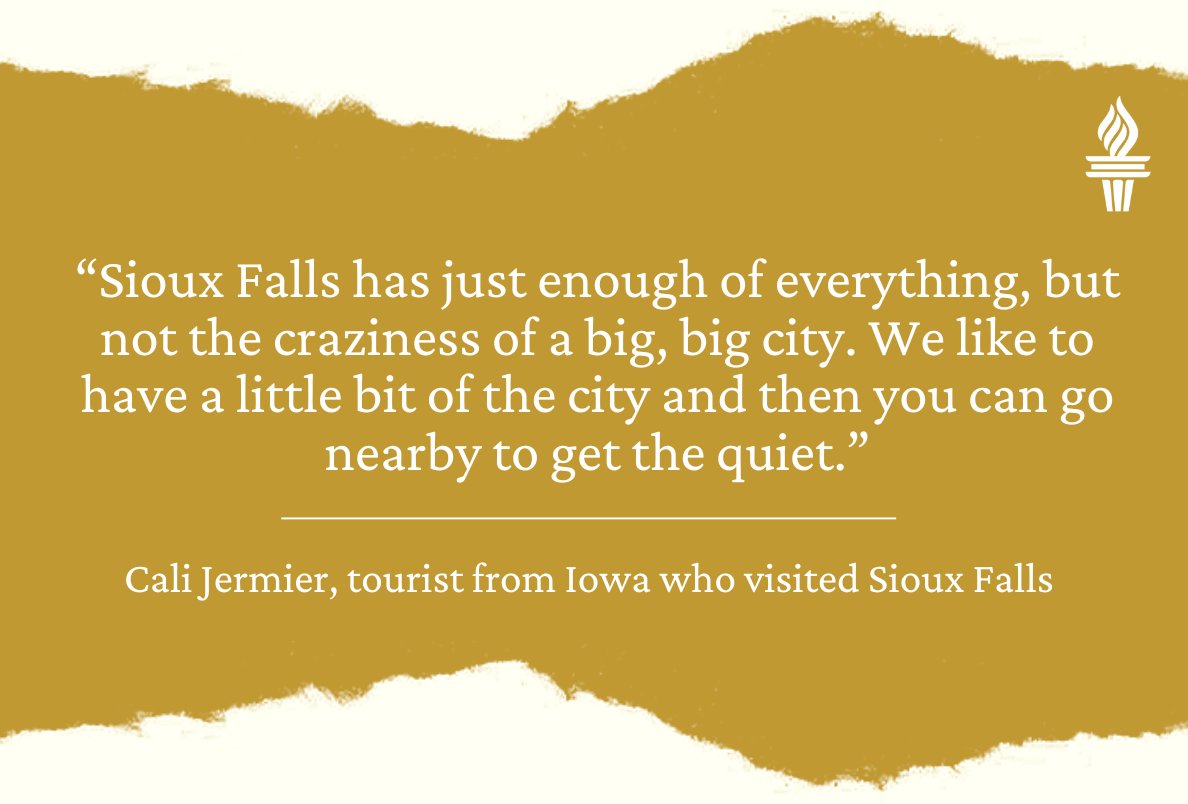
"It seems really really clean in Sioux Falls, like they’re cleaning it up and renewing it but also restoring some of the history," she said. "The aesthetics still feel like the Old West a little bit."
While the Black Hills remain a top destination for "leisure travelers" who spend time in their cars, Sioux Falls visitors may have a more condensed travel schedule and a willingness to spend more money in a shorter period of time, Schmidt said.
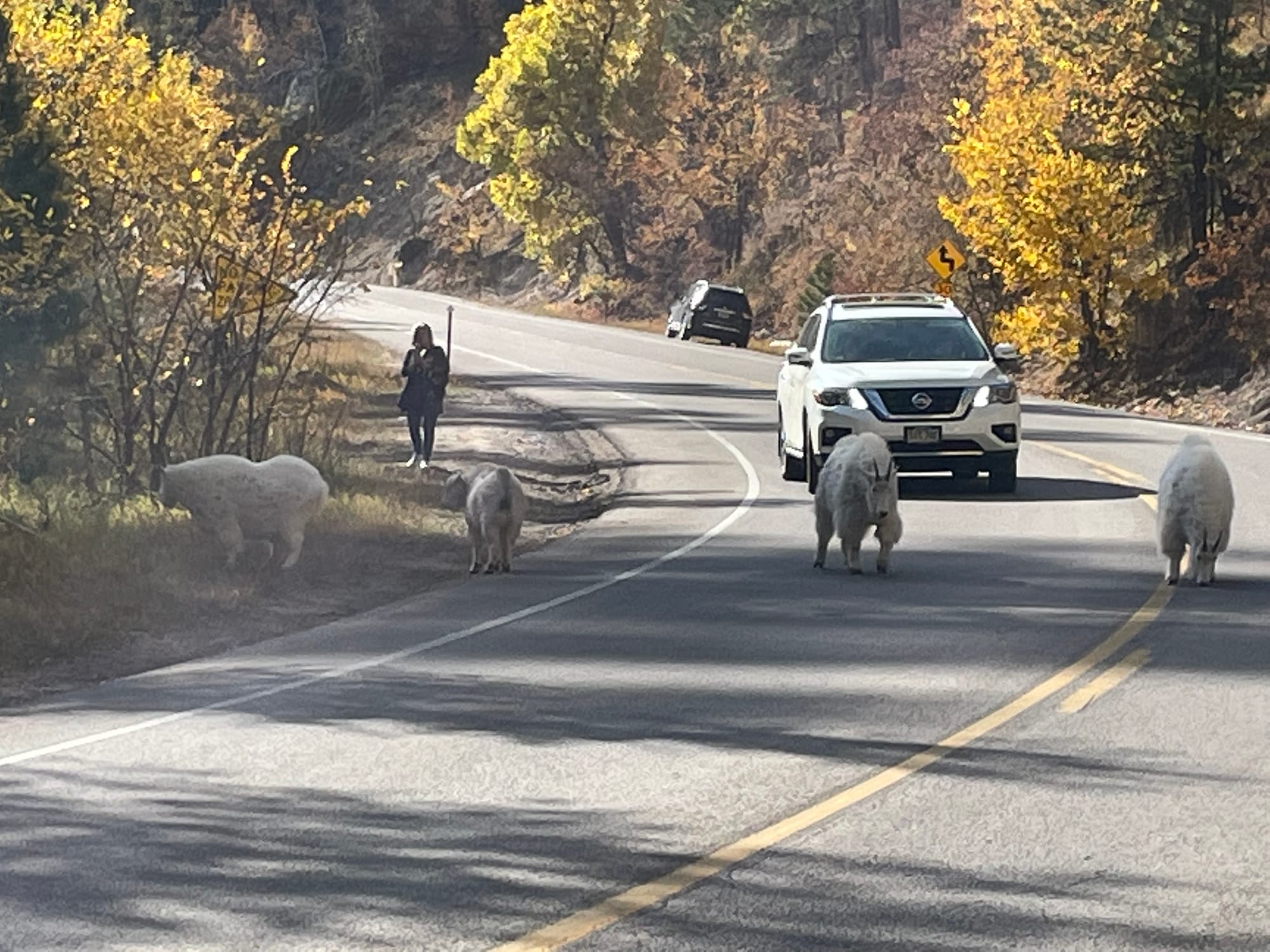
While still anchored by the sprawling beauty of Falls Park, the economic growth of downtown Sioux Falls has also attracted new visitors who might be willing to spend more to obtain the experiences they seek, she said.
"I think the vibe over here is a vibe of energy. Kind of like, 'We got it going on over here, as far as the arts and the culture and the sports and the food and the shopping,'" Schmidt said.
New technology leads to new markets
Hagen said technology has played a key role in advancing marketing efforts by Travel South Dakota, the state's lead tourism agency. More than half of the department's $23 million annual budget is spent on marketing, Hagen said.
Tourism marketers can now obtain information that greatly enhances their ability to locate and target people who have the time, money and desire to travel, Hagen said.
Those advancements, coupled with the reduced price of digital marketing, have enabled the state to still present itself as a drivable destination to people in neighboring states. But now, the state is trying to reach potential visitors in cities like Chicago, Kansas City and Dallas-Fort Worth. The state has also begun marketing in coastal states, including California, Florida and the Carolinas, Hagen said.
"The record growth at our airports in Sioux Falls and Rapid City has been phenomenal, and we're seeing more people flying into the state for tourism," he said.
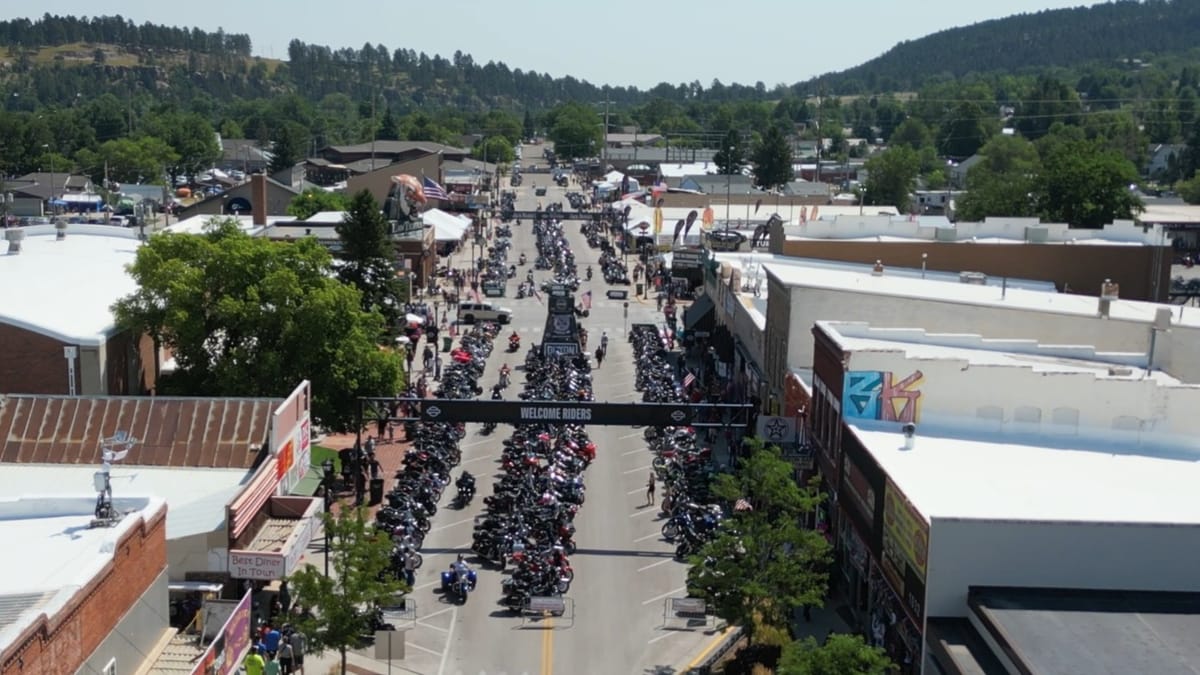
A bit flat, but still strong so far in 2024
Hagen said he expects 2024 will pan out as a year with relatively flat visitor counts but slightly higher revenues due to what he terms as "a return to normal." Hagen said South Dakota saw very strong tourism activity during and since the pandemic, a time when the state and its business community remained mostly open while other states took a more conservative approach to the virus that limited tourism opportunities.
Now, he said, other states are fully open again, which has somewhat diluted the pool of potential visitors to South Dakota.
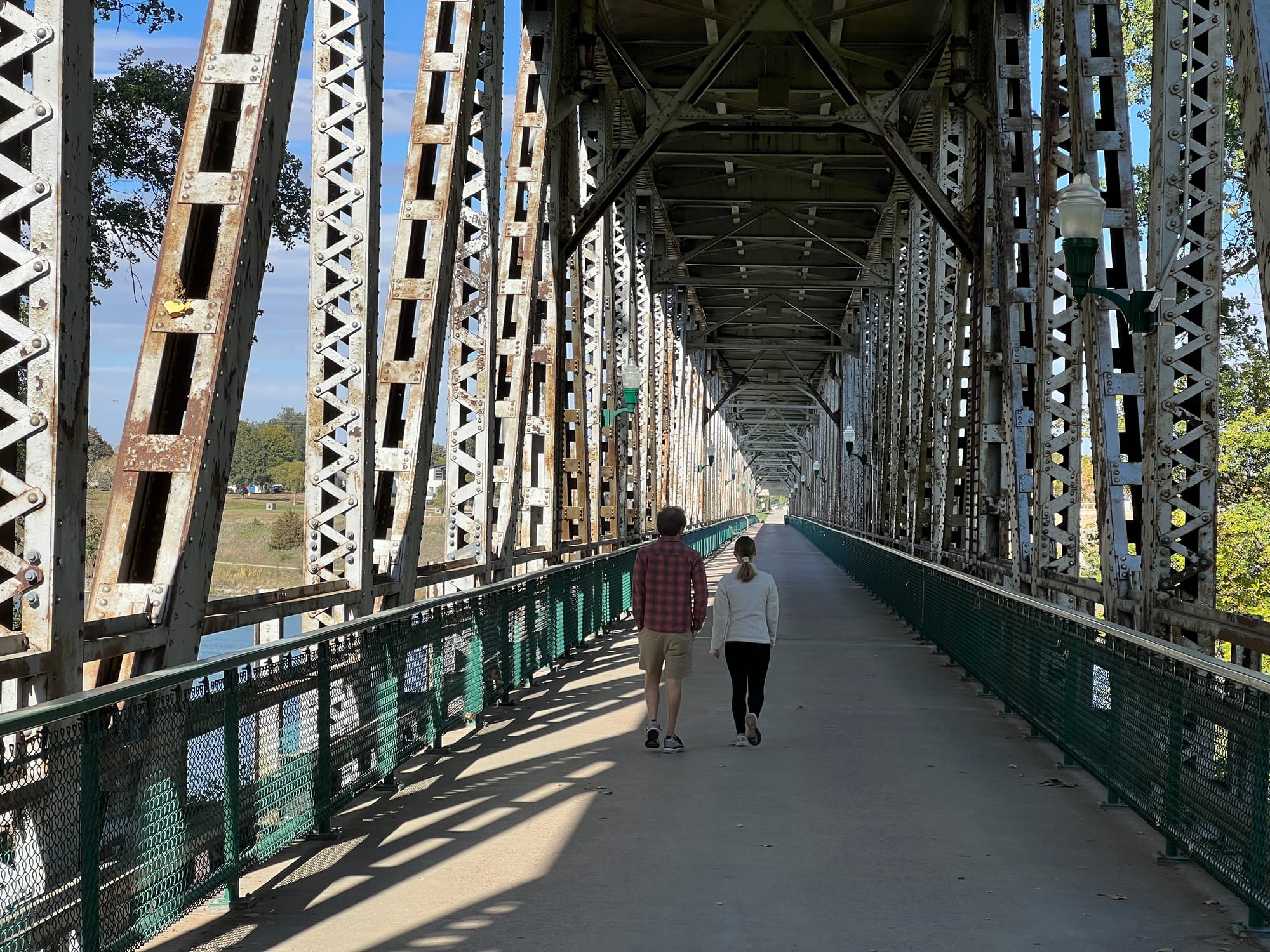
Hagen and other tourism experts said they have seen generally reduced visitor counts in 2024 and slightly shorter stays but overall higher spending. From January to June, for instance, hotel occupancy was down slightly across the state, but revenues were up almost 6% over the same period in 2023.
One new trend is that occupancy in short-term rental properties skyrocketed during the first half of 2024, up almost 16% in the Black Hills and Badlands and 12% in the Sioux Falls market.
Hagen said the industry welcomes those renters and their money. He also said the move toward higher use of Airbnb and Vrbo rental properties has forced some hotels to improve their facilities or offer new amenities in order to compete.
Strong fall tourism season anticipated
Hagen, Schmidt and Thomson all said they look forward to a very strong fall "shoulder" tourism season in South Dakota.
History has shown that tourism can drop during presidential election years, often due to uncertainty over the national economy and its impact on family finances.

But Thomson said she remains bullish for the coming months as surveys have shown that Americans are still excited about exploring new places.
"Traveler sentiment is pretty high right now, and people are still optimistic about travel," she said. "We're certainly looking at a great fall. And as long as the weather holds out, there are so many great events and things coming up because fall is such a fantastic time to visit the Black Hills or Badlands."
This story was produced by South Dakota News Watch, an independent, nonprofit news organization. Read more in-depth stories at sdnewswatch.org and sign up for an email every few days to get stories as soon as they're published. Contact Bart Pfankuch at bart.pfankuch@sdnewswatch.org.




